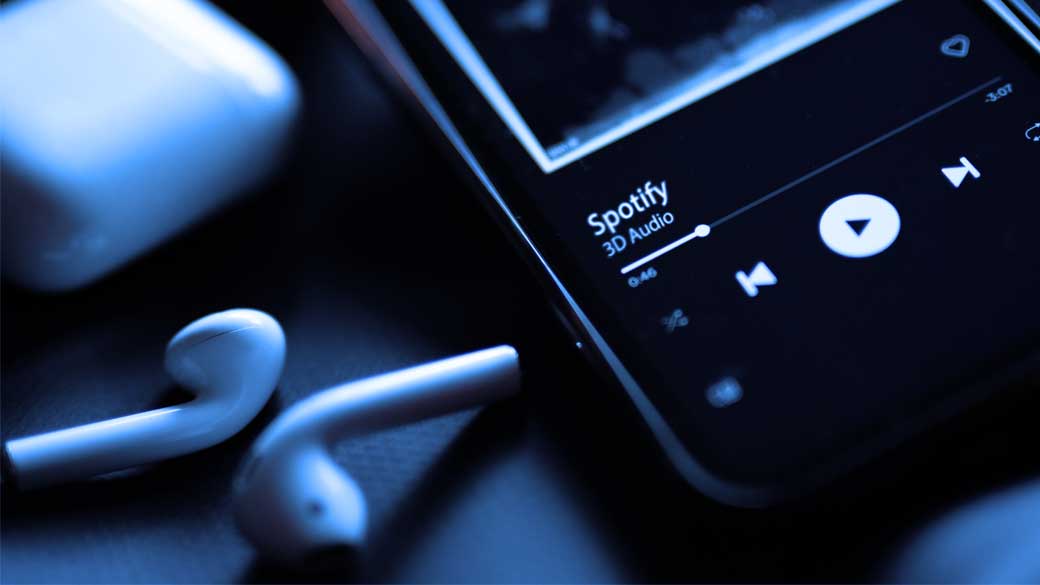
Spotify 3D Audio – we are waiting for more but what’s already there ?
Content
Spotify and 3D Audio, does it fit together? Find out here.
The technology market is constantly evolving and now the consumption of physical media such as CDs is almost non-existent. In today’s everyday life, the Internet and smartphones play a decisive role. All content is available on demand at the click of a button.
People who listen to music or the radio usually have a subscription to a streaming provider like Spotify or Apple Music and can access a library of millions of songs in seconds. Today, this content is also available in 3D audio format, and with the help of a pair of headphones or Apple’s AirPods Pro, it’s possible to immerse yourself in new worlds of sound.
There are already quite a few music streaming services like Spotify that offer 3D audio as premium or even free. Amazon Music, Apple Music, and all the others can be found here . Therefore, more and more eyes and ears are on Spotify right now. There are already first hints that it could follow suit – or even pass the competition? This post gives it away.
3D audio content is now already on Spotify.
On the one hand, my blog post 3D audio on demand: music streaming services at a glance introduced the two big players Sony and Dolby with their 3D sound formats, on the basis of which all the streaming providers offer their 3D content. But not everyone has jumped on the bandwagon so far; while providers like Apple Music rely exclusively on Dolby, Amazon Prime Music offers songs in both Dolby Atmos Music format and Sony’s competing 360 Reality Audio format. These will be playable via the in-house Amazon Echo Studio, among others.
Meanwhile, Spotify is still a long time coming – at least that’s how it seems at first glance. Although there are isolated Spotify 3D Sound contents, they are not as sophisticated as Apple Music, for example. They sound accordingly! Thus, you have to be extremely careful with Spotify whether it is really 3D audio or if it has been falsely advertised in the song title.
In this article I also give you an overview of 3D content with examples.
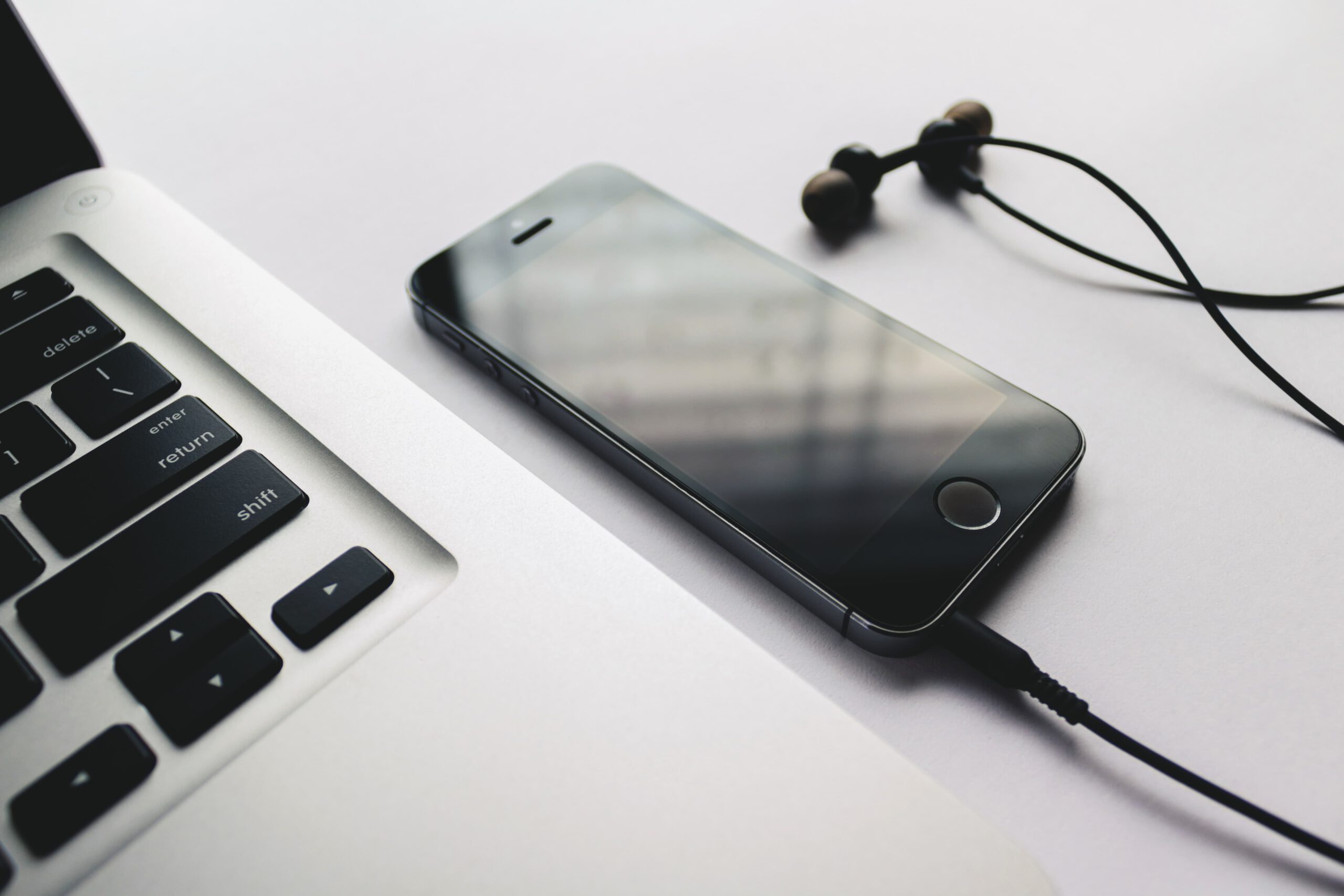
Does Spotify support Dolby Atmos?
According to the current status: No. Spotify does not support the playback of multi-channel audio content. However, you can even switch to mono in the settings. But we want a step forward – not backward. In fact, the search is not empty if you simply enter “Dolby Atmos” on Spotify.
You’ll find a wide variety of tracks from a wide variety of artists. But be careful! These are not the original artists. How can that be? It seems that people from the Internet record the Dolby Atmos from Amazon Music, for example, and illegally upload it to Spotify. A bit like you find uploads on YouTube that are no longer legally in a gray area. Due to the number of songs, it is virtually impossible for the hosting service to check every single track for accuracy.
This means that it is technically possible to record the binaural Dolby Atmos signal – which has two channels like stereo. Therefore, there are occasionally artists who have mixed in Dolby Atmos and still load the binaural version on Spotify. After all, nothing else is supported. This differs from Amazon, for example, in that a multi-channel file is available on Amazon, which can also be used for smart speakers such as the Amazon Echo. While the binaural version is only suitable for headphones.
There are no official indications yet that Spotify will support Dolby Atmos or Sony 360 Reality Audio soon. It would be obvious that they will soon follow suit – or maybe even establish a completely new format?
8D Audio: actually illegal legally, without artist consent.
Since 8D audio requires tracks to be reprocessed and go through a separate mixing process, this process is often done without the consent of the artist or the rights holders of the track. This makes the process legally illegal and can lead to lawsuits.
Strictly speaking, very few people actually take individual audio tracks. Often the stereo of, say, the radio version is mindlessly run through a spatializer. For example DearVR Pro. So be careful here as well: These are unofficial versions. But if you want to find out more about the fascination, you can read about it here: 8D Audio - The immersive music of the future?!
ASMR. as on YouTube makes so half sense, not always equal binaural.
Such videos are very popular on YouTube and I will dedicate a separate blog article to the topic of ASMR. Mostly you see good-looking people doing quite bizarre things with binaural microphones. For example, artificial heads are licked, food is handled and the microphones are simply used in a very unconventional way. These slobbering noises make some people feel a kind of goose bumps on their heads or allow them to relax.
So it stands to reason that some content creators – ASMRtists, as they call themselves – also upload their audios to Spotify. Mostly to be found in playlists. But here, too, content is often called ASMR even though it was not necessarily recorded with binaural microphones.
Whether ASMR really requires 3D microphonics, I would like to discuss this in an upcoming article. But for Spotify, what can be considered ASMR content here is audio that I would label with the wellness section. So sometimes music for relaxation or nature sounds can be found.
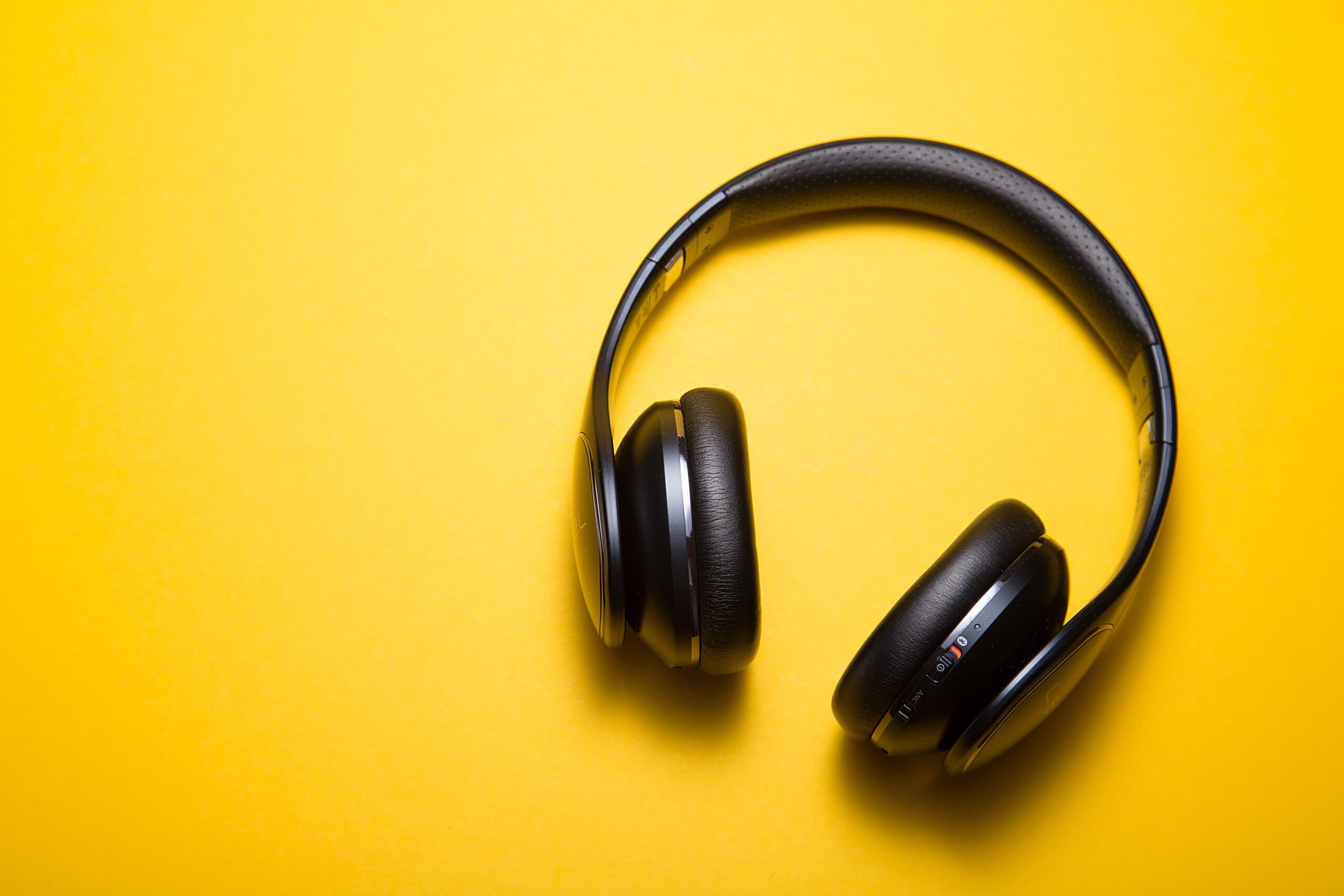
Binaural audio: there are special binaural albums, they are legitimate!
Binaural albums should be taken with a grain of salt. On the one hand, there is some really good work here. With a well-thought-out structure and the ability to manage the project from the beginning, it is possible to work closely with the artists throughout the production chain. This allows both the artist and the producer to interact with each other from the beginning to get the best possible out of the produced piece.
On the other hand, there are albums here that have neither a good structure and planning behind the production and mixing, nor are certain basic rules of mixing art for multichannel mixes observed here. This results in a distorted and immature sound experience. As a result, good works from the 3D audio field for music streaming are in a bad light and artists as well as consumers tend to shy away and resort to the tried and tested stereo variant.
So there are two ways to upload binaural 3D audio to Spotify. Either in the form of an artificial head recording. Or as a binaural downmix, as already described above for “Dolby Atmos”. There were records with artificial head recordings of concerts decades ago. At that time, headphones were not yet so widespread. Nevertheless, the impression of sitting live in front of the orchestra worked very well.
The second variant is becoming more and more fashionable: not only one dummy head is used, but several microns. The individual instruments are then artificially placed in the room. The conversion to binaural stereo for enjoyment on headphones then follows on the software side – no longer via hardware like an artificial head. I have rarely been convinced of this, as this article shows. But the potential is definitely there, and if you want to know how to take advantage of it, drop me a line.
Upmixing: with headphones like AirPods Pro?
These are the possibilities of Spotify to work with 3D audio. Although it’s only stereo, it shows how flexibly even that can be used if you know how. Beyond that, however, you can artificially virtualize Spotify in three dimensions. With augmented reality headphones including head tracking, as listed here: AR Headphones and Hardware
While it is possible to artificially simulate certain 3D audio situations with the help of special headphones, such as Apple’s AirPods Pro. This makes it possible to immerse yourself in immersive sound worlds in which the sound happens all around you at once – as we know from our reality.
However, this does not mean a multi-channel process, as would be the case with a pure Dolby Atmos mix, for example. Which just aims at the playback on loudspeakers and not at the playback through binaural audio with headphones. In other words: a stereo is taken and artificially placed in the room. A bit like having a couple of stereo speakers in the room. Through headphones, this impression is supposed to be reproduced artificially, which is supposed to bring a natural listening experience. But that’s probably a matter of taste.
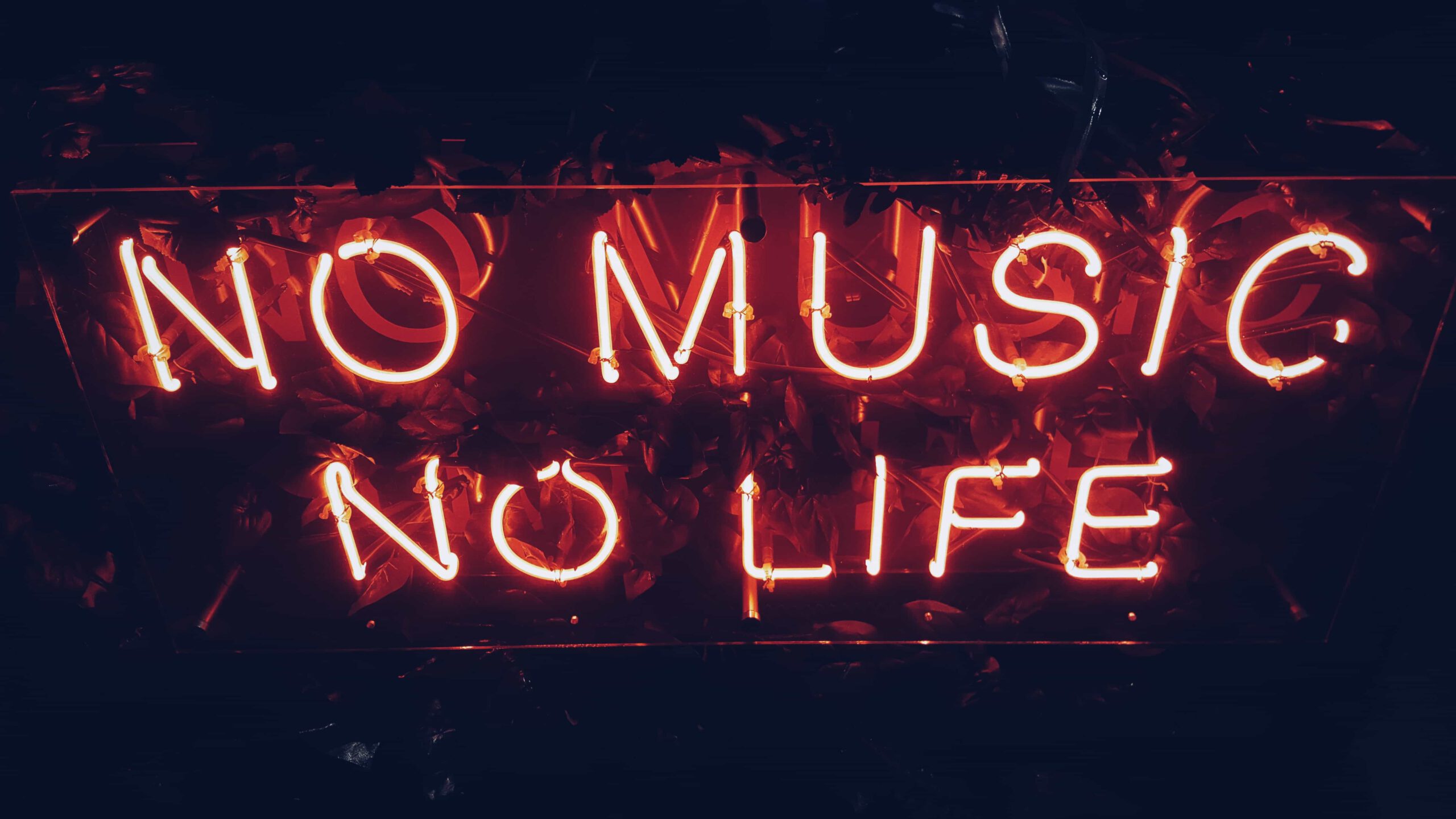
Why is Spotify behind on the 3D audio train?
Only Spotify itself has answers to this, so let’s take a guess. Perhaps Spotify lacks expert personnel or knowledge regarding the 3D audio industry. Or maybe there is no point in offering 3D audio content for Spotify for technical reasons?
Product developments such as Apple CarThing tend to speak against Spotify’s innovative approach. The aforementioned invention is about listening to music in the car via Spotify without a cell phone. But let’s be honest, who doesn’t have a smartphone these days? Let alone no subscription to a streaming giant of the modern era. That’s what the million song library is all about. Oh well, CarThing was recently discontinued – but supposedly they learned a lot, after all.
But Spotify’s next production is already in the starting blocks. We are talking about “Soundtrap”. This enables music production in the browser. In other words, DAWs like ProTools, Logic and the like become obsolete, and even better: several musicians can work on the same session simultaneously and remotely. Thus, the entry-level into the world of sound engineering and audio production is massively lowered.
Bedroom producers like Billie Eilish are on the rise, and Spotify Soundtrap could fuel this trend significantly. There’s even a 3D audio effect. This works similarly to Dolby Atmos binauralization or DearVR Micro:
Another indication that Spotify and 3D audio are not that far from each other.
Spotify HiFi is also not yet in sight
With Spotify HiFi, Spotify also wanted to offer its customers the possibility to listen to the Lossless variants of the songs. While providers such as Amazon Prime Music, TIDAL or Apple Music have been making this feature available to their customers for quite some time, the latter even at no extra charge, subscribers to premium accounts have been waiting in vain for the announced update from Spotify for over a year.
Granted, at least people probably even hear the difference between Lossless and compressed audio at a high bitrate. There are also rumors that it’s all about a USP and marketing. But as a sound engineer, I still think it’s a good signal.
It means that people definitely have a desire for high-quality music. The technical limitations of bit rates are becoming less necessary with technologies like 5G. It also has something of a seal of quality. If it says “Lossless” most people in blind testing probably feel that the audio sounds better. And as long as people are having more fun with music with it, that’s good. So Spotify, one more time, please.
A few side facts about high fidelity in music streaming.
Since 2021, it has been possible for Apple Music subscribers to enjoy audio in Dolby Atmos and Lossless at no additional cost. The ‘Apple Lossless Audio Codec’ (ALAC) used starts at 16 bits and 44.1 kHz and goes up to 24 bits at 48 kHz. The format can only be decoded with headphones via cable. With Apple Music Hi-Res Lossless, even up to 24 bits at 192 kHz is possible, but this requires external hardware that can handle 24-bit audio at 192 kHz, i.e. a high-quality headphone amplifier.
Fun fact: the Airpods do not yet support the technical requirements to be able to transmit Lossless audio at all. So you can see that even Apple still needs to catch up. But at least a start has been made here.
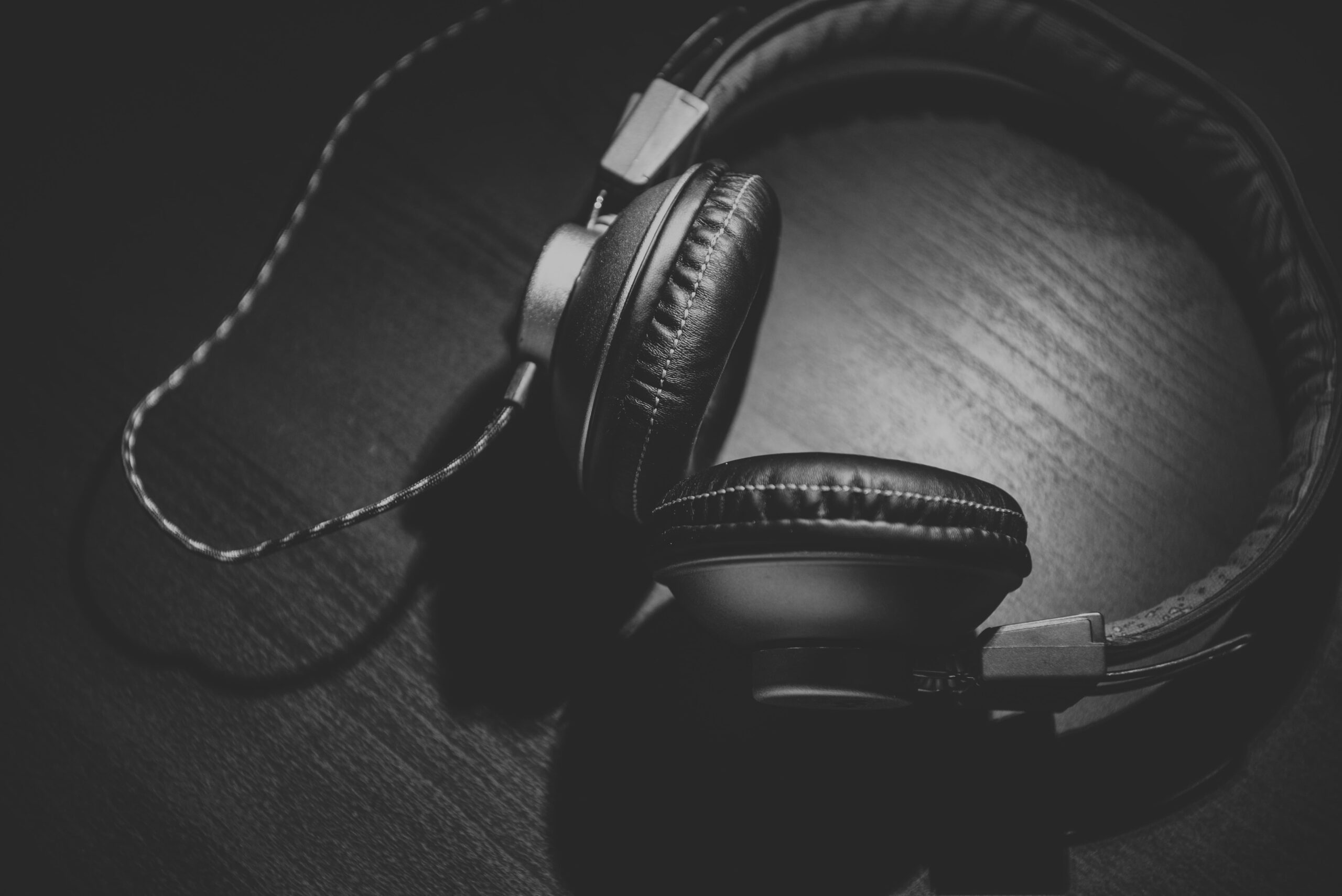
Spotify will follow up with 3D audio! Or?
Even if Spotify is waiting with the features described above, it can be said with great probability that in the near future Spotify will simply also follow up with both formats, i.e. Dolby Atmos Music and Sony’s 360 RA. There is at least research being done in the direction of 3D audio by Spotify. Even if it wasn’t about immersive music, it could point to a trend.
In 2020 and 2021, the streaming giant has filed new patents to determine geolocation with the help of a device such as a smartphone and to give instructions to a media server for the direction of movement of the media player. Subsequently, the media content received from the media server is played, and this media content consists of, among other things, three-dimensional audio content. The media content played by the media playback system, is played as if it originated from the direction of an identified geolocation of a sound source. The patent can be viewed here: Media Content Playback Based on an Identified Geolocation of a Target Value
On the other hand, a patent that makes it possible to analyze voice data and background sounds in order to evaluate them afterward. With this, the mood of the user is to be analyzed and an appendix of its music suggestions is generated afterward. For me, this also raises the question of what the users think of such functions because the data protection aspects of the analysis come to the fore here. The patent can be viewed here: Identification of Taste Attributes From An Audio Signal
It must also be mentioned that the number of users in the second quarter of 2022 has once again increased to 188 million users worldwide compared to the previous quarter. Thus, Spotify remains the undisputed pinnacle of the music streaming providers of the modern era followed by Apple Music with about 80 million.
Summary Spotify 3D Audio
So it definitely remains exciting. The cooperation of Apple Music and Dolby Atmos Music has provided us with massive advertising since June 2021. More and more recording studios are building speakers on the ceiling and want to get in on the action.
I can only smile a bit about that because the added value of 3D audio is not hidden in Dolby Atmos, but in completely different areas. Nevertheless, Spotify can already be an exciting platform with binaural audio. After all, most people consume through headphones.
What are those applications that can already provide a wow effect now? Be it via music, radio plays or advertising? Contact me now and find out! Spotify can do 3D audio right now and is sure to follow suit soon, so what are you waiting for?
More about 3D AudioRelated Articles
8D Audio – The Future of immersive Music?!
Spatial Audio Spotify: 3D Audio on Demand - Music Streaming Services at a Glance
Dolby Atmos Apple Music: Why It Sounds Bad and How 3D Spatial Audio Can Do Better
Dolby Atmos Music - What is this 3D sound experience in detail?
The best and worst 3D music titles: Dolby Music and Sony Reality
Dolby Atmos Music test comparison with 360 Reality Audio Demo
360 Reality Audio - What is the Sony 360RA experience in detail?